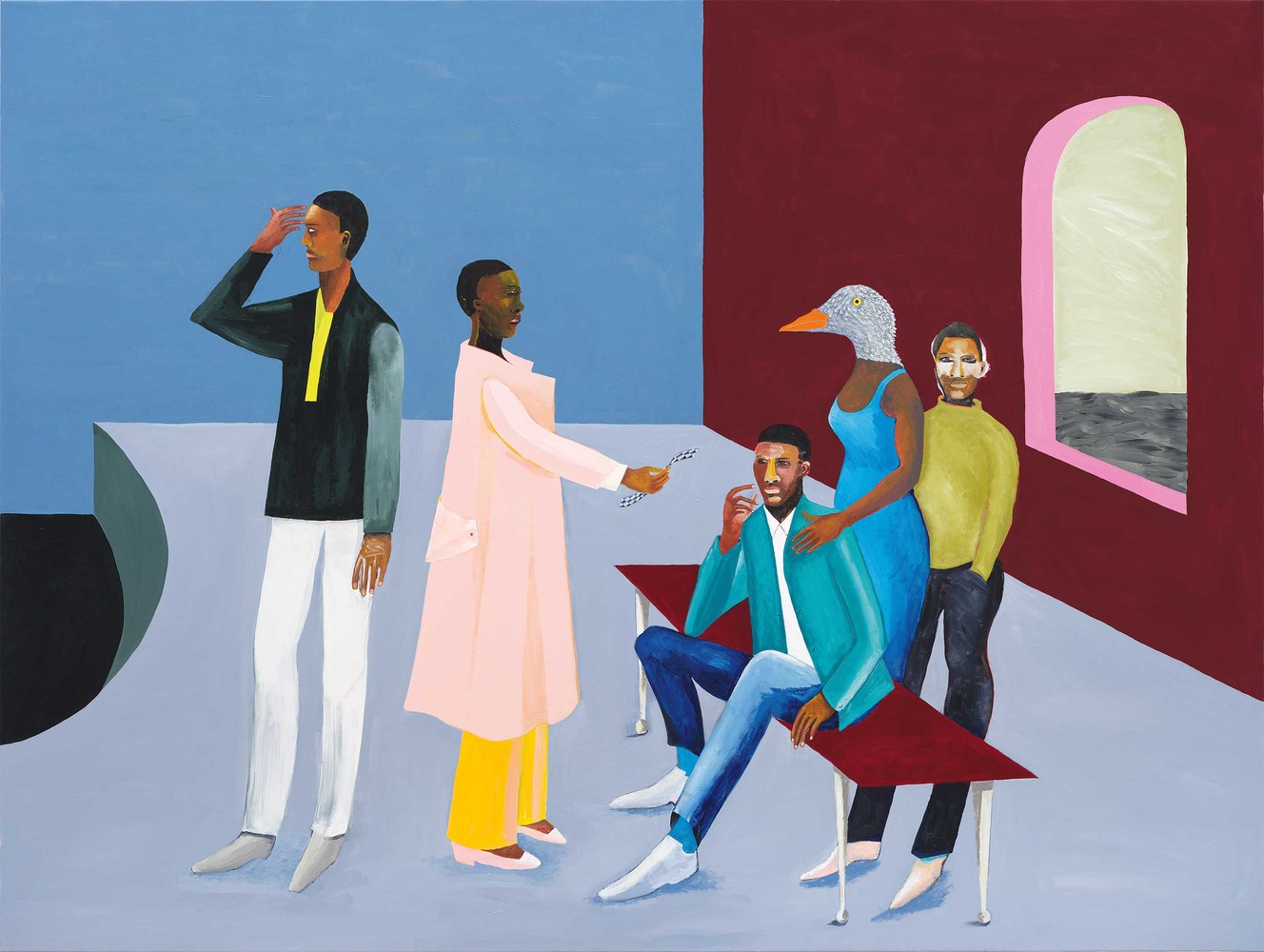Tate Britain has a new exhibition about the cross fertilization between the French and British art scenes in the late 19th and early 20th Centuries.
There were many similarities- explosive urban growth, new techniques and adjuncts to painting (photography), new forms of mass entertainment (the early cinema) and a crossover between high and low art, with painters such as Sickert and Toulouse Lautrec being attracted by the atmosphere of the music hall and cheap cafes.
Degas painted women not as archetypes or stereotypes, but as real people, performing real tasks in real settings- his women sweat, and get dirty, and frequently are captured in natural, clumsy poses, looking awkward and ungainly in situations ranging from ballet warm-ups to brushing out their hair or ironing.
All three artists also looked with an unsparing eye at the seamy, bohemian world, the 'demi monde', and Lautrec and Degas also used unsettling compositions- with parts of bodies outside the pictorial frame, or by adopting framing devices from Japanese art.
L'absinthe makes the heart grow fonder:
There were many similarities- explosive urban growth, new techniques and adjuncts to painting (photography), new forms of mass entertainment (the early cinema) and a crossover between high and low art, with painters such as Sickert and Toulouse Lautrec being attracted by the atmosphere of the music hall and cheap cafes.
Degas painted women not as archetypes or stereotypes, but as real people, performing real tasks in real settings- his women sweat, and get dirty, and frequently are captured in natural, clumsy poses, looking awkward and ungainly in situations ranging from ballet warm-ups to brushing out their hair or ironing.
All three artists also looked with an unsparing eye at the seamy, bohemian world, the 'demi monde', and Lautrec and Degas also used unsettling compositions- with parts of bodies outside the pictorial frame, or by adopting framing devices from Japanese art.
L'absinthe makes the heart grow fonder:


Comment